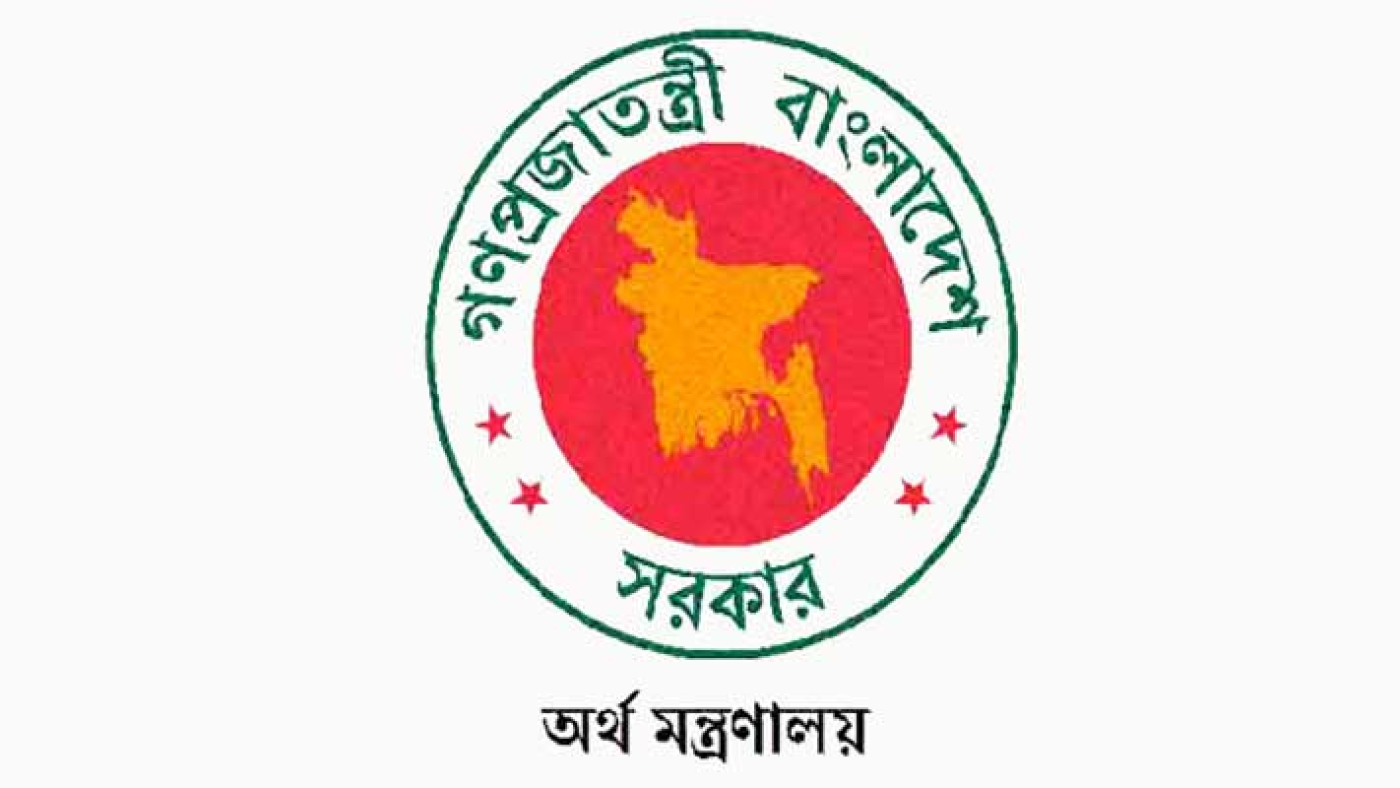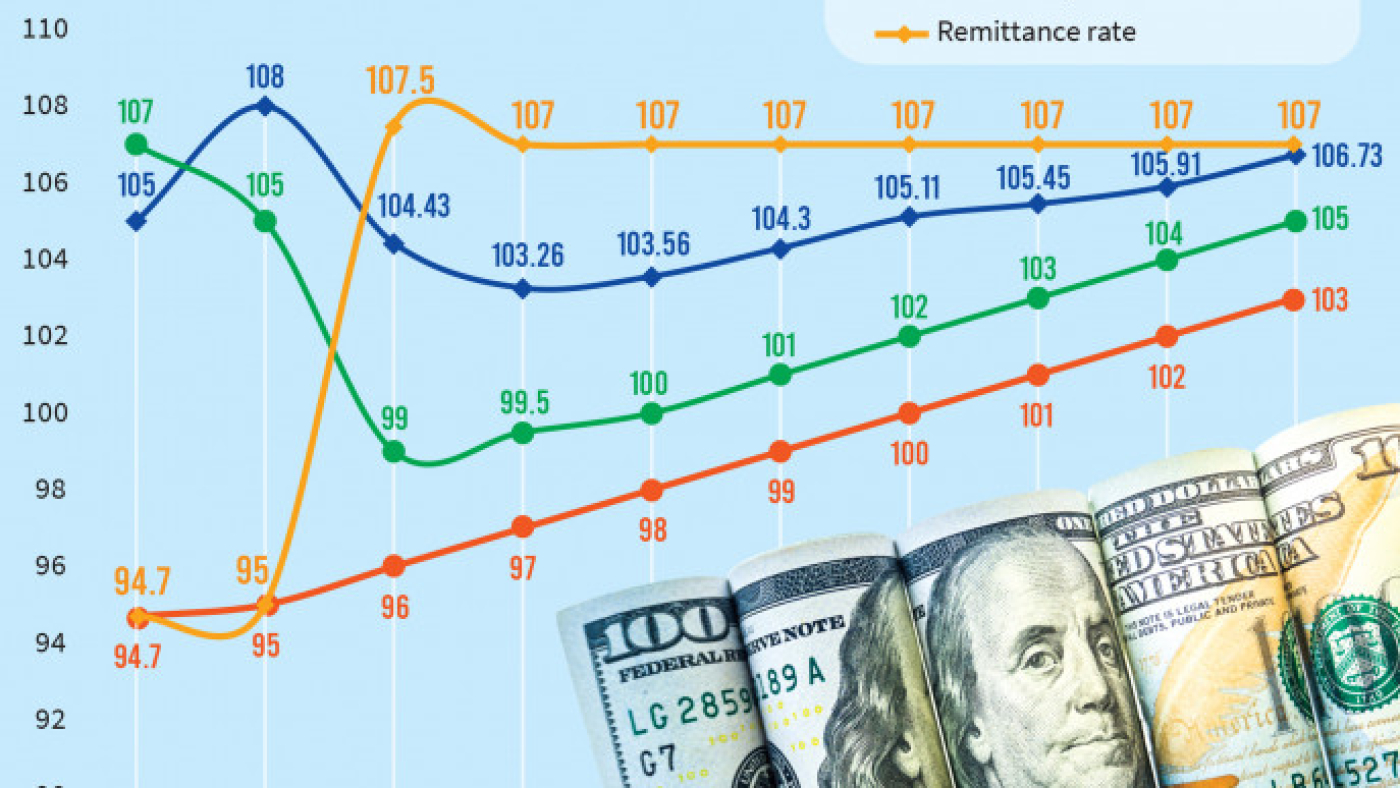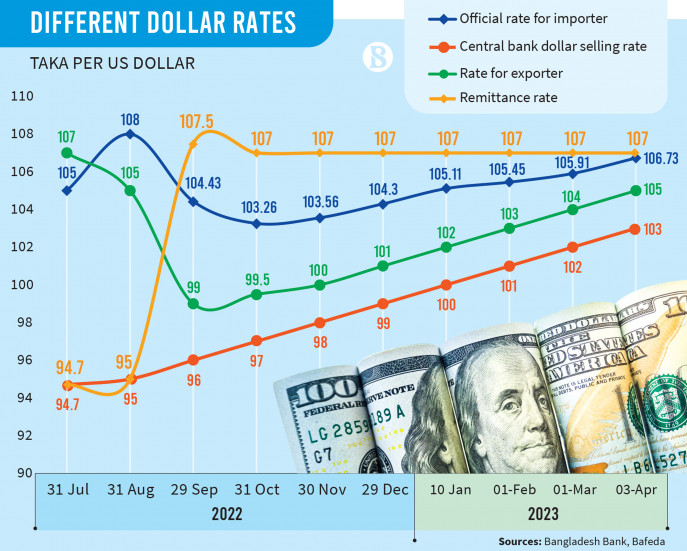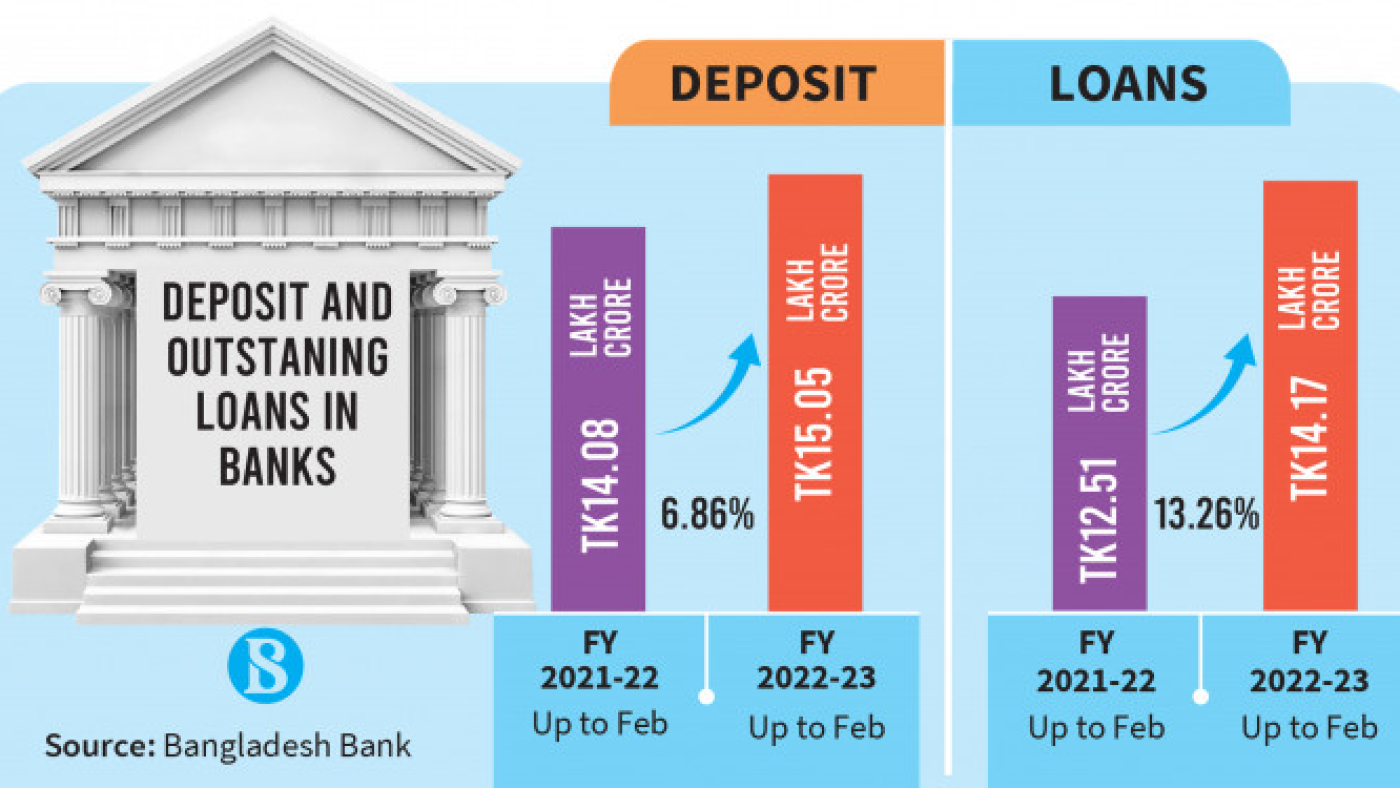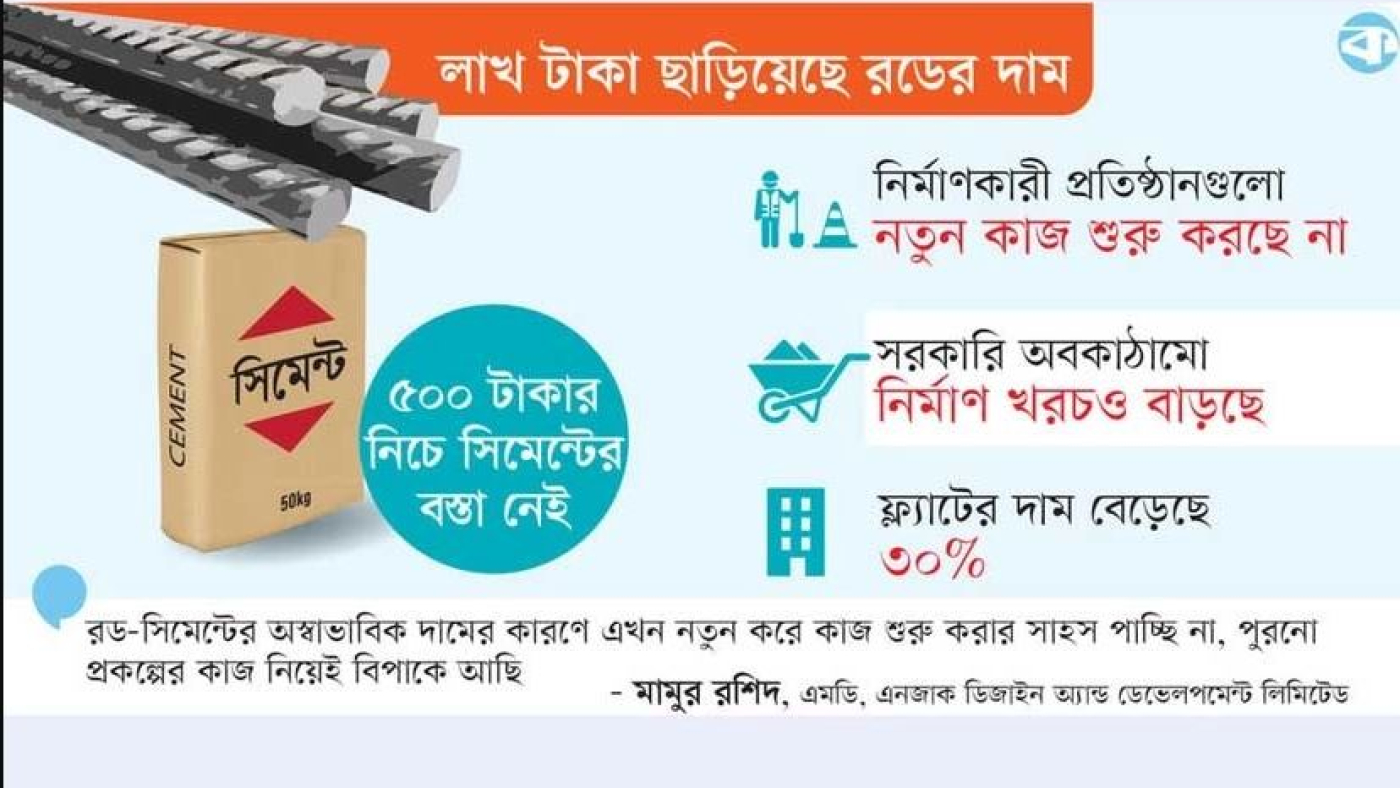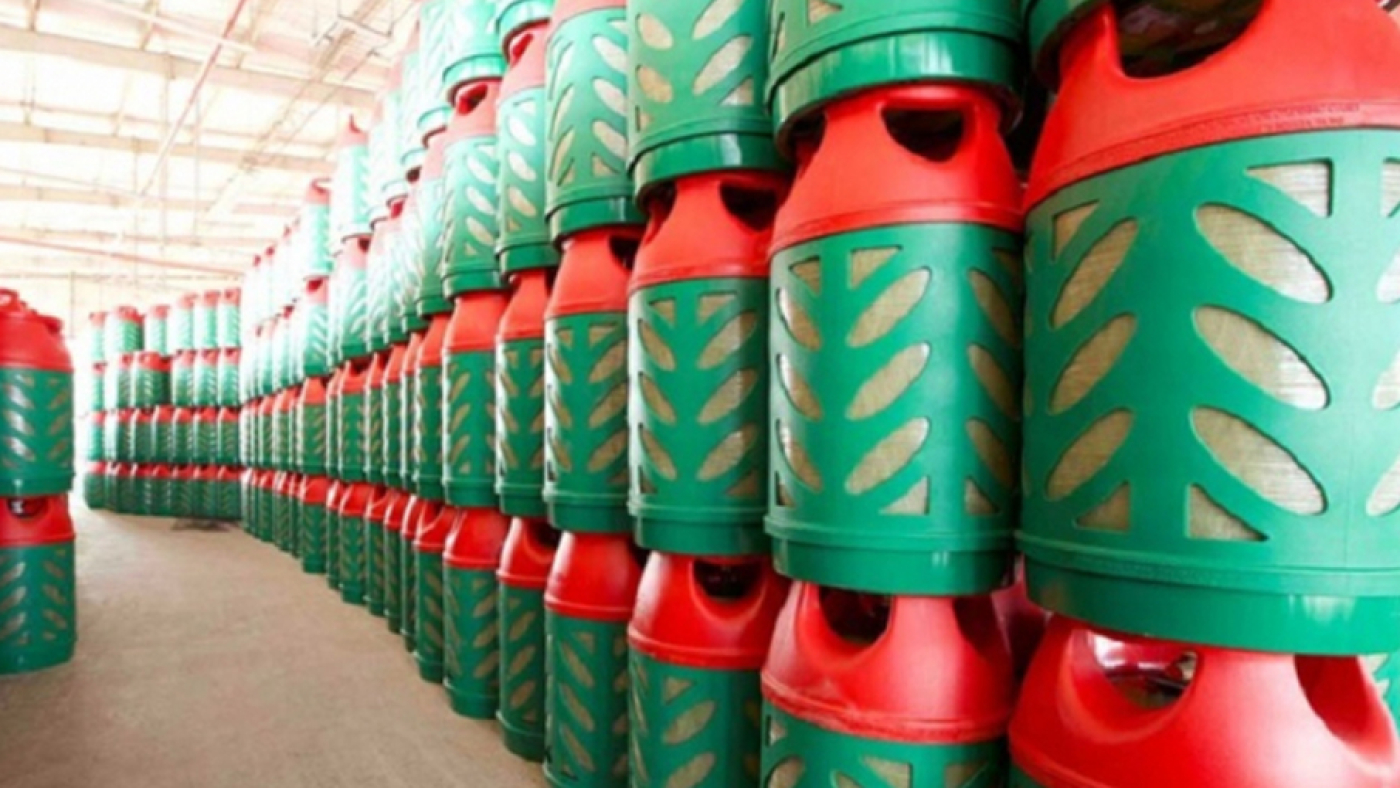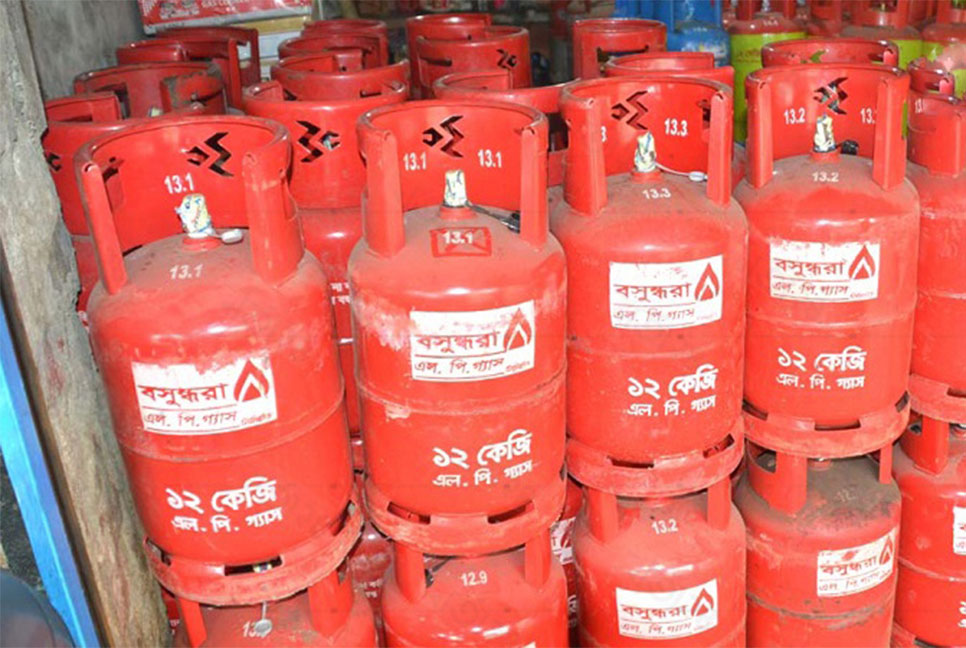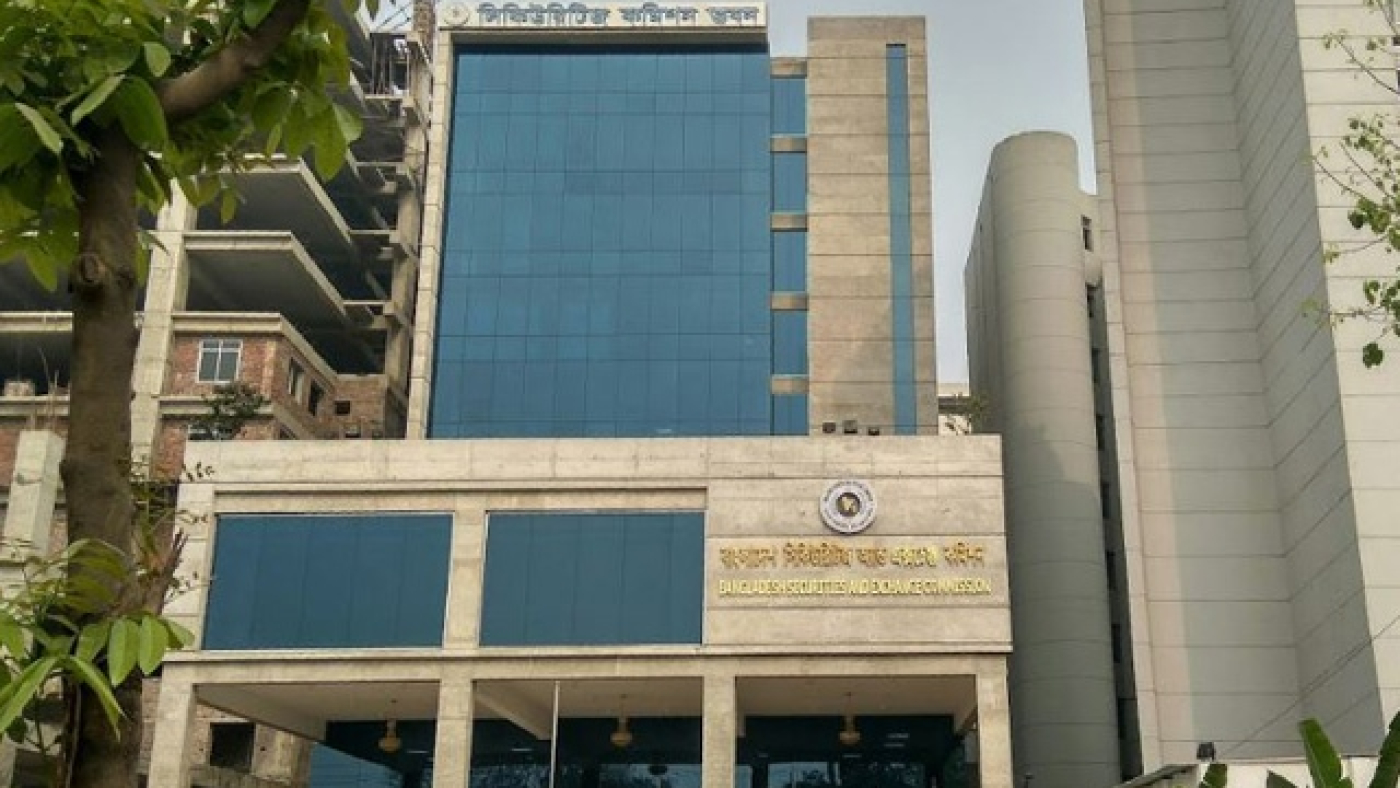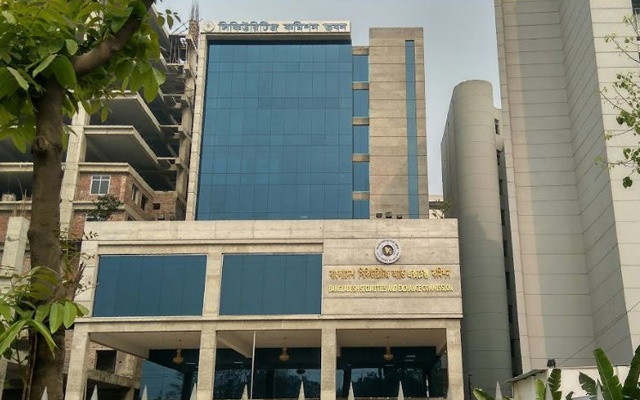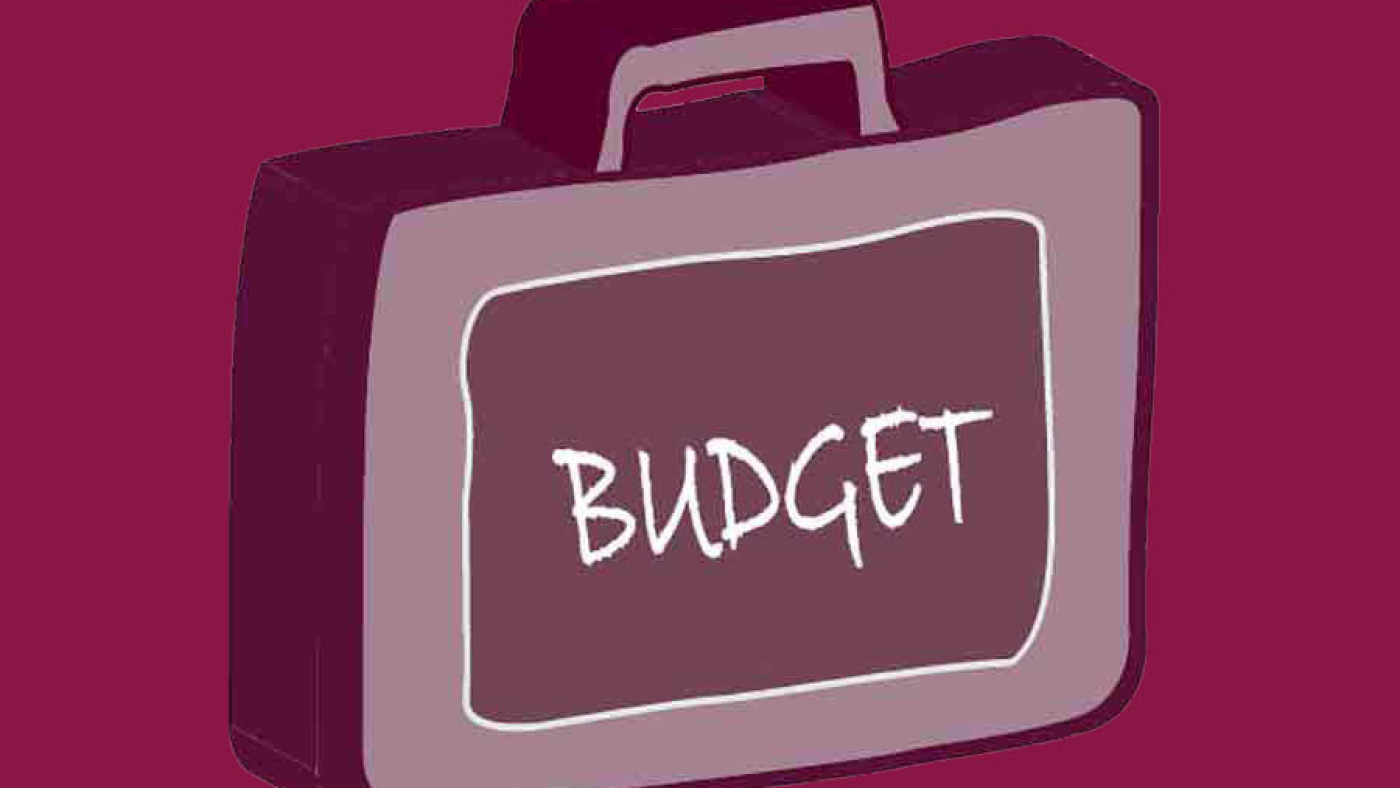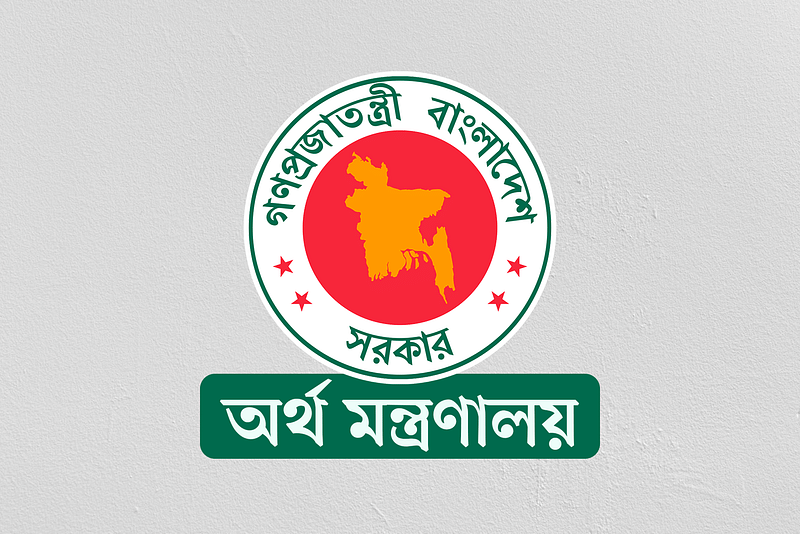
বিভিন্ন স্বায়ত্তশাসিত ও আধা স্বায়ত্তশাসিত সংস্থা এবং সরকারি কোম্পানিগুলোকে এখন থেকে আর কোনো মূলধন বা ইকুইটি না দিতে সিদ্ধান্ত নিয়েছে সরকার, তবে এসব প্রতিষ্ঠানকে ঋণ দেওয়া হবে। আগামী ২০২৩-২৪ অর্থবছরের বাজেট তৈরির যখন কাজ চলছে, তখন অর্থ মন্ত্রণালয়ের অর্থ বিভাগ সম্প্রতি এ বিষয়ে একটি পরিপত্র জারি করেছে।
স্বায়ত্তশাসিত সংস্থা, আধা স্বায়ত্তশাসিত সংস্থা, রাষ্ট্রায়ত্ত কোম্পানি, সিটি করপোরেশন, পৌরসভাসহ স্থানীয় সরকারের অনেক প্রতিষ্ঠানকে সরকার কখনো ঋণ, কখনো মূলধন আবার কখনোবা অনুদান দিয়ে থাকে সরকার। শুধু উন্নয়নমূলক নয়, অনুন্নয়নমূলক কাজেও অর্থ দেওয়া হয়। তবে এগুলো দেওয়া হয় শর্তসাপেক্ষে। বেশির ভাগ সংস্থাই শর্ত পূরণ করতে পারে না বলে অর্থ বিভাগের নজরে এসেছে।
অর্থ বিভাগ সূত্রে জানা যায়, শুধু ঋণ বাবদ ২০২০ সালের ৩০ জুন পর্যন্ত ১২৮টি সংস্থার কাছে সরকারের পৌনে ২ লাখ কোটি টাকা রয়েছে। রাষ্ট্রীয় কোষাগারের পাশাপাশি উন্নয়ন সহযোগীদের কাছ থেকে ঋণ নিয়েও সরকার তাদের ঋণ দিয়েছে, মূলধনও দিয়েছে। ঋণের অর্থ দেওয়া হয়েছে নির্দিষ্ট সময়ে সুদসহ ফেরত দেওয়ার শর্তে। আর মূলধন দেওয়া হয়েছে লভ্যাংশ দেওয়ার শর্তে।
সম্পূর্ণ তথ্য নেই
ঋণের হিসাব থাকলেও কোনো কোনো সংস্থাকে কত অনুদান ও মূলধন দেওয়া হয়েছে, সে তথ্য অর্থ বিভাগ থেকে পাওয়া যায়নি। গত মঙ্গলবার অর্থ বিভাগের অতিরিক্ত সচিব মোহাম্মদ আলতাফ উল আলম মুঠোফোনে প্রথম আলোকে বলেন, মূলধনের তথ্য আপাতত নেই।
অর্থ বিভাগ সূত্রে জানা যায়, স্বায়ত্তশাসিত সংস্থা, আধা স্বায়ত্তশাসিত সংস্থা, রাষ্ট্রায়ত্ত কোম্পানিগুলোকে ২০২০ সালের জুন পর্যন্ত ১ হাজার ৮৪টি ঋণ দেওয়া হয়েছে। এর মধ্যে বিদেশি মুদ্রায় ঋণ ৫১১টি, আর রাষ্ট্রীয় তহবিল থেকে বাংলাদেশি মুদ্রায় ঋণ ৫৭৩টি।
বর্তমানে ঋণের সংখ্যা কত—এ ব্যাপারে জানতে চাইলে অর্থ বিভাগের সূত্রগুলো জানায়, সব সংস্থা থেকে তথ্য সংগ্রহ করে এক জায়গায় নিয়ে আসার কাজ চলছে। ফলে এখনই কিছু বলা যাচ্ছে না। জানা গেছে, অর্থ বিভাগ মূলত ২০২০-২১ অর্থবছরের ঋণ দায় অর্থাৎ ডেট সার্ভিস লায়াবিলিটির (ডিএসএল) হিসাব বিবরণী ও নির্দেশিকা হালনাগাদ করার কাজ করছে।
২০২০ সালের ৩০ জুন পর্যন্ত সুদ ও আসল মিলিয়ে সবচেয়ে বেশি অর্থাৎ ৬৫ হাজার ৭৮৩ কোটি টাকা রয়েছে বাংলাদেশ বিদ্যুৎ উন্নয়ন বোর্ডের (বিউবো) কাছে। এর মধ্যে আসল ২৪ হাজার ২৩৮ কোটি ও সুদ ৪১ হাজার ৫৪৪ কোটি টাকা। এ ছাড়া পল্লী বিদ্যুতায়ন বোর্ডের কাছে ৩ হাজার কোটি টাকা, পাওয়ার গ্রিড কোম্পানি অব বাংলাদেশের কাছে (পিজিসিবি) ৪ হাজার ৩৬২ কোটি টাকা এবং ঢাকা বিদ্যুৎ বিতরণ কোম্পানির (ডেসকো) কাছে ২ হাজার ৩১০ কোটি টাকা রয়েছে।
এ ছাড়া তিতাস গ্যাসসহ জ্বালানি ও খনিজ সম্পদ বিভাগের সাতটি সংস্থা, বিসিআইসিসহ শিল্প মন্ত্রণালয়ের পাঁচটি সংস্থা, শিপিং করপোরেশনসহ নৌপরিবহন মন্ত্রণালয়ের ছয়টি সংস্থা, বিটিএমসিসহ বস্ত্র ও পাট মন্ত্রণালয়ের পাঁচটি সংস্থার কাছে অনেক মূলধন ও সুদ বাকি রয়েছে, যা সরকার ঠিকমতো আদায় করতে পারছে না।
পরিপত্রে বলা হয়েছে, বিভিন্ন স্বায়ত্তশাসিত ও আধা স্বায়ত্তশাসিত সংস্থাকে সরকার আর মূলধন না দিলেও নতুনভাবে প্রতিষ্ঠিত কোনো সংস্থাকে মূলধন দেওয়ার বিষয়টি সরকার বিবেচনা করবে।
নতুন প্রতিষ্ঠিত সংস্থার উদাহরণ জানতে চাইলে অর্থ বিভাগের একজন কর্মকর্তা জানান, কিছুদিনের মধ্যেই জাতীয় পেনশন কর্তৃপক্ষ গঠিত হবে। এ দপ্তরটিকে মূলধন দিতে হবে।


